The Galician Health Service and the Galician Forest Industry Agency have developed a joint collaboration framework that promotes unique projects that favour the improvement of the quality of life of people living in Galicia and in turn promote a greener and more environmentally friendly economy in accordance with the objectives of sustainable development, promoting the progressive implementation of biophilic design and the use of natural materials, especially the use of wood.
The Galician Health Service and the Galician Forest Industry Agency have developed a joint collaboration framework that promotes unique projects that favour the improvement of the quality of life of people living in Galicia and at the same time promote a greener and more environmentally friendly economy. In this context, an initiative has been implemented in the spirit of circularity to improve the well-being of users of health centres, to show the benefits of the use of wood in public places that are visited by thousands of people throughout the year, serving as an example of promoting the circular bioeconomy and the forestry industry on which it is based, as well as collaborating in the achievement of sustainable development objectives, creating quality employment in the wood value chain (specifiers, fitters, designers) and in turn collaborating in the mitigation of climate change, as wood fixes, retains and replaces CO2.
The initiative in the spirit of circularity began in the Laracha Pac, a wooden building constructed dry, respectful of nature, following the principles of the circular bioeconomy, almost zero energy consumption and 100% renewable, based on biophilia, designed beyond functionality, which integrates spaces and connects them through nature, which organizes the surrounding space and promotes social cohesion, integrating the people who inhabit the space: health professionals and users. This has been the impulse model and the place where meetings have been carried out with different stakeholders: architects, students, designers, wood companies, engineers, health professionals, local and regional administration. Due to the situation of covid-19, the following meetings were held by streaming and the teaching ended with a day of biophilia, where the book was presented: public places of stay with a biophilic character. A methodology to transform the way of building and living spaces, a model to follow that has given a boost to the Galician bioeconomy.
Please highlight how the project can be exemplary in this context
This initiative aims to disseminate and train the different agents involved in the use of wood in the structure, finishes, carpentry and furniture with an emphasis on the health environment, a place of high frequency in the health care of the Galician population.
Workshops have been held to communicate and train health staff, planners, consultants, forestry industry, suppliers and students of architecture and carpentry, where the keys to circularity, the life cycle, what it means to have a building that respects nature, with the principles of the circular bioeconomy, a building built dry, with almost zero energy efficiency (NZEB building) and 100% renewable. Using "Wood" requires low energy consumption, low waste, can reduce environmental impact by up to 96%. Being able to see the project demonstrates that it is possible to replace traditional steel and concrete approaches in public buildings with a complete system of wood and wood-based technological elements. The Pac de a Laracha, our reference, which we are talking about, is a project that acts as a multipling factor for wood in new projects in the Galician public sector and in the Galician health service in particular, wood as a structural element in the construction of new buildings as in projects already underway such as the health centre in O Porriño, Abegondo, Antas de Ulla, Novoa Santos, in particular this will be a building with a basement, ground floor and 11 floors, made entirely of wood, and wood is also being used as cladding in the health centres where renovation work is being carried out.
Thanks to this initiative, the Galician forestry industry agency has provided the Galician health service with the knowledge of the CIS wood technology centre and part of the funding for the promotion of wood construction. This roadmap also encourages the use of local wood and is committed to continuing to promote the Galician contract sector and to promote new models of sustainable building.
Please highlight how the project can be exemplary in this context
In the health sector, where critical care situations can often generate stressful situations for both professionals and users, it is very important to create environments that transmit calm, tranquillity and harmony. Our projects are designed based on the concept of biophilic design, which helps us to connect our urban environment with nature by integrating analogies and principles of nature into our spaces and architecture.
We live and work mostly in urban environments and most people feel better when they are in nature, it is good for our health and well-being, it releases stress and positively influences our mood. In addition, experiences in nature support our cognition and creativity. That is why our projects are designed beyond functionality, we are based on biophilia, to integrate spaces and connect them through nature, ordering the surrounding space, because in nature everything has an order and we use resources such as the connection with the emotions of the people who inhabit the spaces, linking them to nature providing calm, serenity and wellbeing. From the visual sensory connection with nature through the views of the landscaped spaces, we make them perceived from the inside, generating a connection with natural systems, making them aware of seasonal changes through natural light and changes in vegetation, etc. We enhance the presence of dynamic natural light, using sunlight that is dynamic by nature and that transforms its composition and distribution throughout the day with changing speeds and patterns and the presence of diffuse natural light. We use the connection of materials with nature through the use of local natural materials, with little processing such as wood in finishes and carpentry and the creation of living spaces to feel at home, for meeting and coexistence, to create welcoming spaces that contribute to social cohesion and integrate the people who inhabit the space: health professionals and users.
Please highlight how the project can be exemplary in this context
The Galician health service covers 2,700,000 inhabitants, an ageing, dispersed rural and urban population. When the construction of the Pac de A Laracha was started previously and supported by the Galician Primary Care Plan, which is committed to professionals, patients and families to promote a close treatment and make health promotion and disease prevention a reality. From health education, health care and community work, where over 21 meetings in groups of 12 people, a total of 123 professionals have developed 525 proposals, through a nominal group methodology, widely used in health systems, which allows the solutions provided are the protagonists of the process, becoming a collaborative dialogue between public administrations, professionals and citizens. Health professionals, patient associations, neighbourhood groups, etc. have contributed their vision from the co-design phase, which has marked a roadmap in the construction of health infrastructures in Galicia and has been the beginning of this initiative that we are presenting.
A protocol has been drawn up between the Galician health service and the forest industry agency for the joint implementation of actions framed in the strategy of humanisation and care of the Galician health service and in turn a collaboration agreement between the Xunta de Galicia de la Industria Forestal and the Galician Association of Architects to promote knowledge in the field of construction and rehabilitation with wood and the dissemination of exemplary works.
Currently, the Galician Health Service is an official partner of the New European Bauhaus, contributing its expertise and also leads a framework agreement in Galicia to develop a global project that brings together different actors in Galician society, public administrations, universities, foundations, companies, architects' association, etc. with the aim of transforming the way of living and building through sustainability, inclusion and beauty without leaving anyone behind
Please highlight how this approach can be exemplary
Galician Health Service, a health system focused on people, with a proven track record as a promoter and benchmark for achieving sustainability and resilience. Its goal, to improve the quality of life of people and the planet, we are committed to places that promote life and biodiversity, we put forward proposals that provide solutions based on social innovation, inclusiveness, circular economy, connection with the environment and nature-based solutions, based on the social determinants of health and the impact of climate change, pursuing social cohesion and sustainability. Gold award for leadership and climate resilience in healthcare in the "HEALTH CARE Climate Challenge".
It is an autonomous body of the Xunta de Galicia responsible for the health care of the Galician population 24 hours a day, 365 days a year. Its aim is to improve people's quality of life without harming the planet, seeking social cohesion.
The initiative we have developed is based on the fact that when we understand the holistic meaning of life, we understand the natural beauty that surrounds us and that is when we begin to take care of it.
Promoting sustainable ways of living implies knowledge, commitment and ownership of our environment. Introducing small actions into our daily lives is the key to achieving the wellbeing of society as a whole, health professionals can help as prescribers of social change and help empower future generations to maintain a healthy community.
We contribute to inclusive ways of living when we commit to cohesive societies that accept difference, recognition and dignity, as each person looks at life from a different perspective, so coexistence will be based on respect and solidarity, where people have their place, leaving no one behind. Therefore this initiative has been based on exchanging experiences, co-organising events, raising awareness for change and opting for projects that seek solutions based on the principles of the New European Bauhaus.
Having the opportunity to use examples of how to transform the construction of an environment such as the pac de a Laracha, a health care building, a singular example that helps to analyse the process as a whole to assess its environmental impact on the whole process. The initiative we are presenting has allowed us to analyse the entire activity involved in this type of building, its accommodation, adaptation, energy awareness, extraction of materials, energy costs, manufacturing procedures, transport of materials, equipment, installation, waste, etc. By relating each of these phases to the main current environmental problems, we discover the true extent of the impacts of construction and the changes needed to opt for circularity and sustainability and address built environments that add value to people's lives without harming the planet.
In our case, by involving different stakeholders and counting on: Forest Industry Innovation Agency, College of Architects, Wood Cluster (it makes up companies and agents linked to the entire wood value chain, logging companies, veneer and board sawmills, carpentry, furniture and services, 50 companies from all over Galicia) and Health Cluster (made up of more than 60 companies specialising in areas of health, technology and support, a communication channel for their companies: health, industry and social policy) means that there is a direct impact on the Galician industrial ecosystem, which together with the impact that these projects have on health professionals, patients and users means that the circular industrial ecosystem is boosted and the life cycle is supported in the social and business fabric of Galicia.
Please also explain the benefits that derived from their involvement.
Our initiative incorporates citizens and civil society in the co-design of different projects which in turn will have a direct involvement in their implementation.
The use of wood in the humanisation of spaces such as healthcare consultations, hospitalisation or the construction of healthcare centres such as the PAC of A Laracha, are an example of exemplary construction, which is visited by thousands of people, and is used as a didactic example by professionals in general. This initiative values the cooperation of different sectors of civil society and in this case promotes the use of wood with prescribers and end consumers, promoted through the implementation of "exemplary constructions" as demonstrators of the improvement of the quality of life of the people who live there while being respectful of the environment.
When the construction of the A Laracha Pac began, it already had the support of the Galician Primary Care Plan, which is committed to professionals, patients and families to promote close treatment and make health promotion and disease prevention a reality, a collaborative dialogue between public administrations, professionals and citizens that allows the solutions provided to be the protagonists of the process. Health professionals, patient associations, neighbourhood groups, etc. have contributed their vision from the co-design phase, which has marked a roadmap in the construction of health infrastructures in Galicia and has been the beginning of this initiative that we present.
The improvement of the well-being of the users of the Galician Health Service, through the use of wood and the promotion of its consumption, helps to develop a local industry and collaborates with the achievement of sustainable development objectives, as well as mitigating climate change and supporting an industry based in the Galician territory that generates employment in rural areas and income for forest owners. It also becomes an example for society as a whole and a factor of change in the way of living and building.
More and more people feel the need to reconnect with nature and work with environments that spread the principles of Biophilia, which re-establishes the links between nature and human beings, relying on the use of natural materials, such as wood, to achieve objectives linked to health and wellbeing.
The initiative is part of the promotion of health and the forestry industry to encourage the modernisation of this business fabric, meet current demands and contribute to the construction of a healthy, low-carbon society, based on green employment and the consumption of local products. In short, the aim is to ensure that wood and forest products act as a central element in the promotion of the bioeconomy, all driven by the health sector.
Cooperation and valorisation: Promotion of wood with prescribers and end consumers, driven through the implementation of "exemplary constructions".
The use of wood in the humanisation of spaces such as paediatric consultations or the construction of health centres such as the PAC of A Laracha, are an example of exemplary construction, which is visited by thousands of people, and is used as a didactic example by professionals in general.
Highlight the innovative nature of the project with respect to the usual practices in the project area.
The use of the health sector and professionals as prescribers of change makes it an innovative initiative, which places the emphasis on transmitting the transversality of the concept of integral health, intervening in the social determinants of health and in the repercussions of climate change.
The fact of being able to bring together different professionals, different social and business groups from Galician society, puts the focus on the importance of working on diversity and inclusiveness to transform spaces that help people to participate and feel part of them. Using the circular economy and the knowledge of the concept of life cycle, to be a tractor in the promotion of the Galician bioeconomy.
This initiative has made it possible to incorporate initiatives from many areas of both the public administration and the business and social sector and has led to the development of various manuals such as the corporate architecture manual of the Galician Health Service, the Manual of Public Places to stay with a biophilic character, the round table on the importance of biophilia from the perspective of the Forestry Industry Agency, the wood cluster, the University of La Coruña, the Galician Wood Innovation Centre, the Foundation for biophilic architecture "how to create history", the health cluster and the Galician Health Service, and subsequently continued with different actions such as the Conference on opportunities for the furniture and contract sector for furniture designed for the care of the elderly and the preparation of the executive report.
A multidisciplinary, transversal and forward-looking initiative.
Please provide clear documentation, communication of methodology and principles in this context.
Servicio Gallego de Salud (Galician Health Service), covering 2.700.000 people 24 hours a day, 365 days a year, its aim is to improve people's quality of life without harming the planet. It is committed to places that promote life and biodiversity, using the social determinants of health and the impact of climate change, pursuing social cohesion and sustainability.
Through a protocol with the Xunta de Galicia de la Industria Forestal, actions have been carried out within the framework of the strategy of humanisation and health care which, together with the agreement with the Official College of Architects and the University of Santiago, technical conferences have been held, using exemplary constructions such as the Pac de a laracha as a demonstrator, to show specifiers, architects, engineers, designers and developers the advantages of wood, from a public building.
Health professionals, patient associations, neighbourhood groups, etc. have contributed their vision from the co-design phase, which has marked a roadmap in the construction of health infrastructures in Galicia and has been the beginning of this initiative that we present, from the Galician Plan of Primary Care that promotes a close treatment and make real the promotion of health and disease prevention, a total of 123 professionals have developed 525 proposals, through a nominal group methodology, widely used in health systems, which allows the solutions provided are the protagonists of the process, becoming a collaborative dialogue between public administrations, professionals and citizens.
Different workshops have been held, one in person at the Pac de a Laracha, the rest have been by streaming due to the pandemic, as well as the webinar on the importance of Biophilia and the presentation of the manual on Public Places to stay with a biophilic character that took place on 3 December 2020, closing the cycle of the initiative.
through this link you can access the programme of the conference in the Pac of A Laracha and the webinar dialogue on the importance of Biophilia and the presentation of the manual of public places of stay with biophilic character and the executive report on the day of opportunities for the furniture sector for furniture in the care of the elderly.
https://drive.google.com/drive/folders/1ukBNhpb-0IoG88n7NMtg17ikpbxrne3T
https://xera.xunta.gal/a-axencia/sala-de-prensa/axenda-de-eventos/-/asset_publisher/Migr8NflL69c/content/webinar-dialogo-sobre-a-importancia-da-biofilia-03-12-2020-?_101_INSTANCE_Migr8NflL69c_redirect=%2Fa-axencia%2Fsala-de-prensa%2Faxenda-de-eventos
and a youtoube link of the biophilia day.
and de pdf the Biophilia program:
http://clustermadeira.com/wp-content/uploads/2020/11/Programa-OK-Biofilia.pdf
https://www.youtube.com/watch?v=KjeXVk-sRjo
the documents are only in galician language and the conference in spanish and galician.
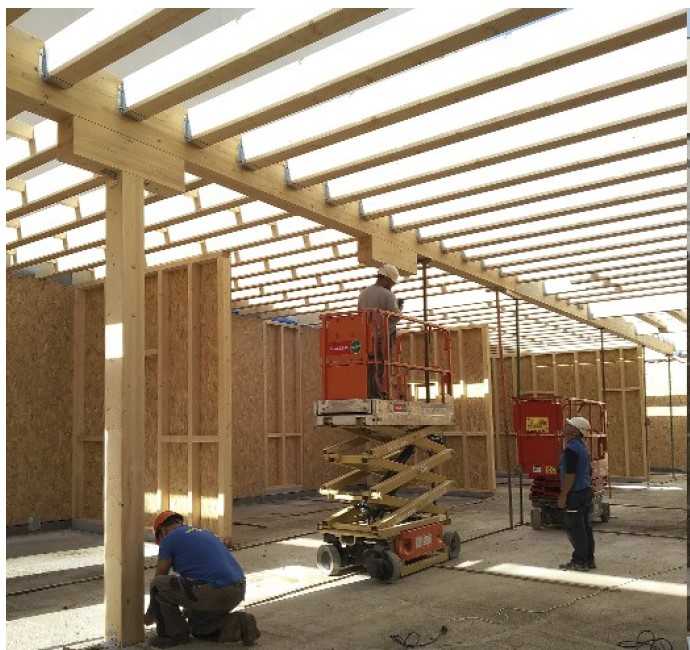
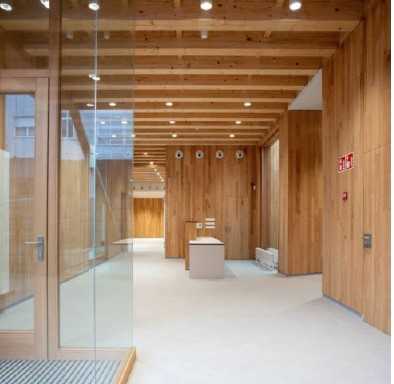
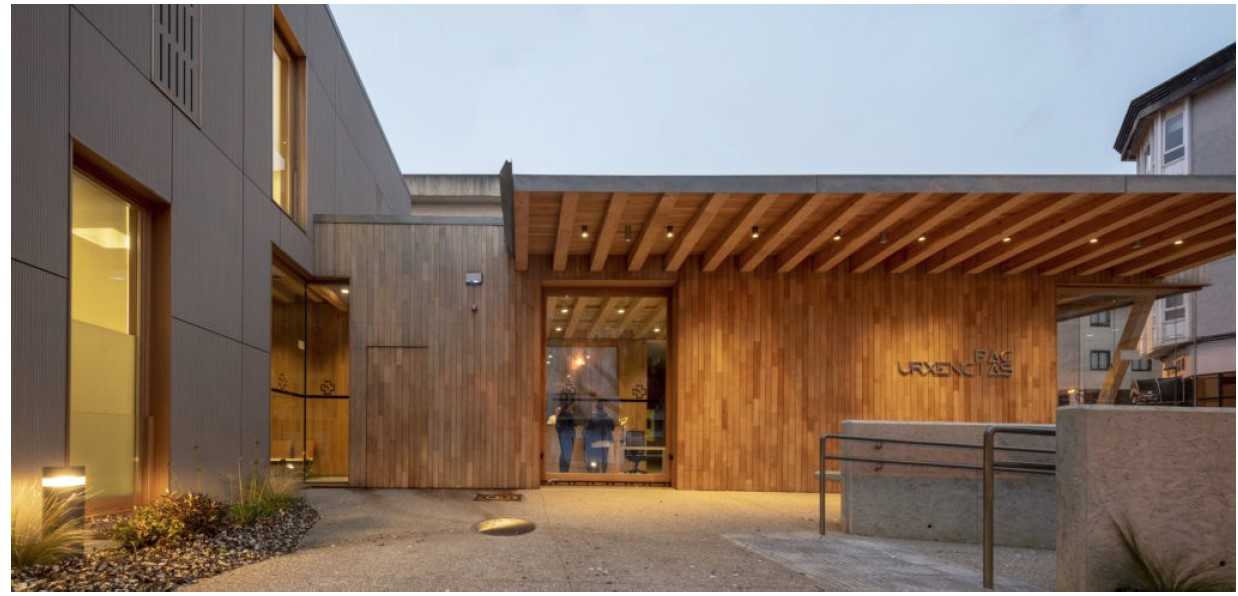
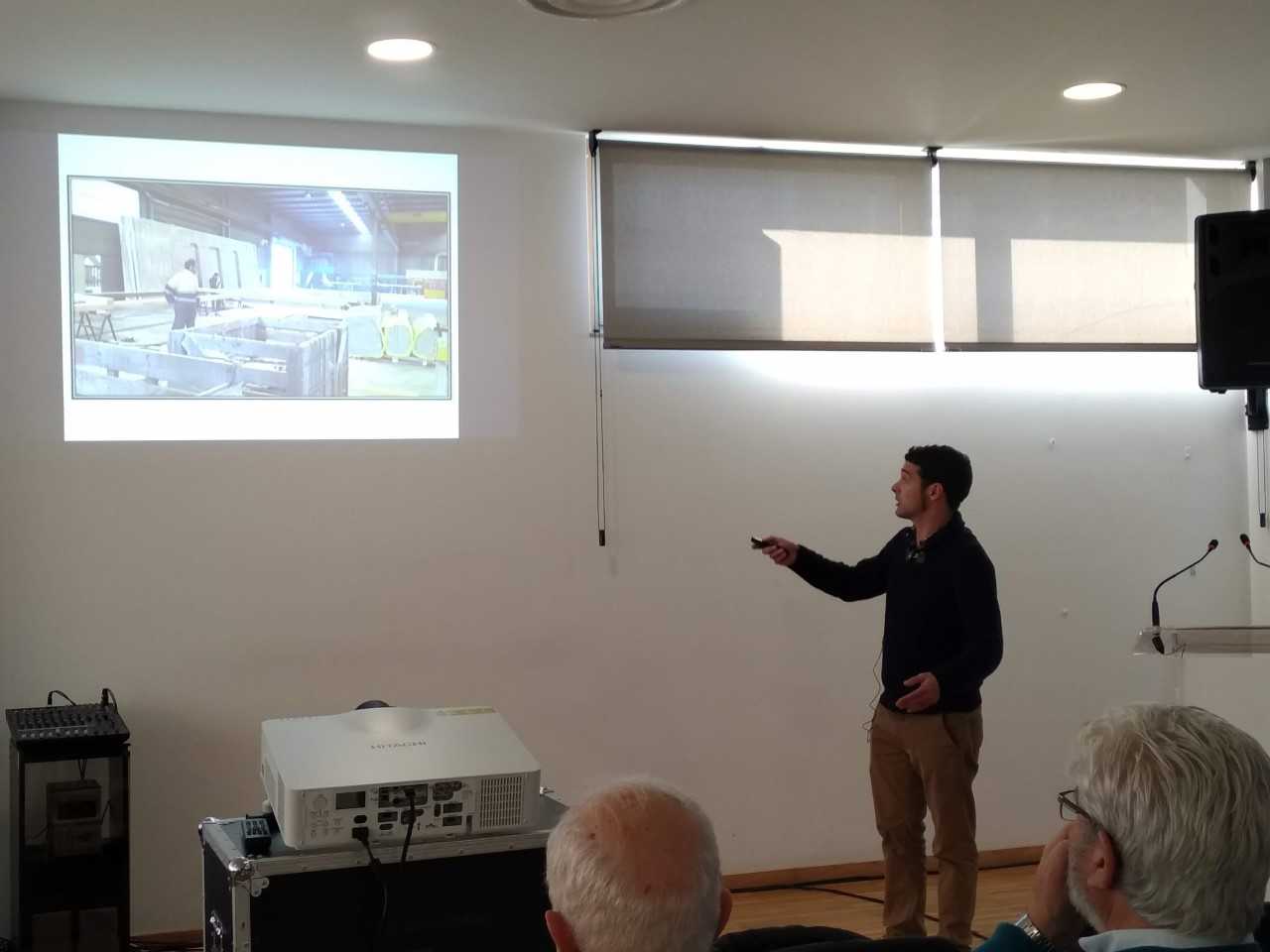
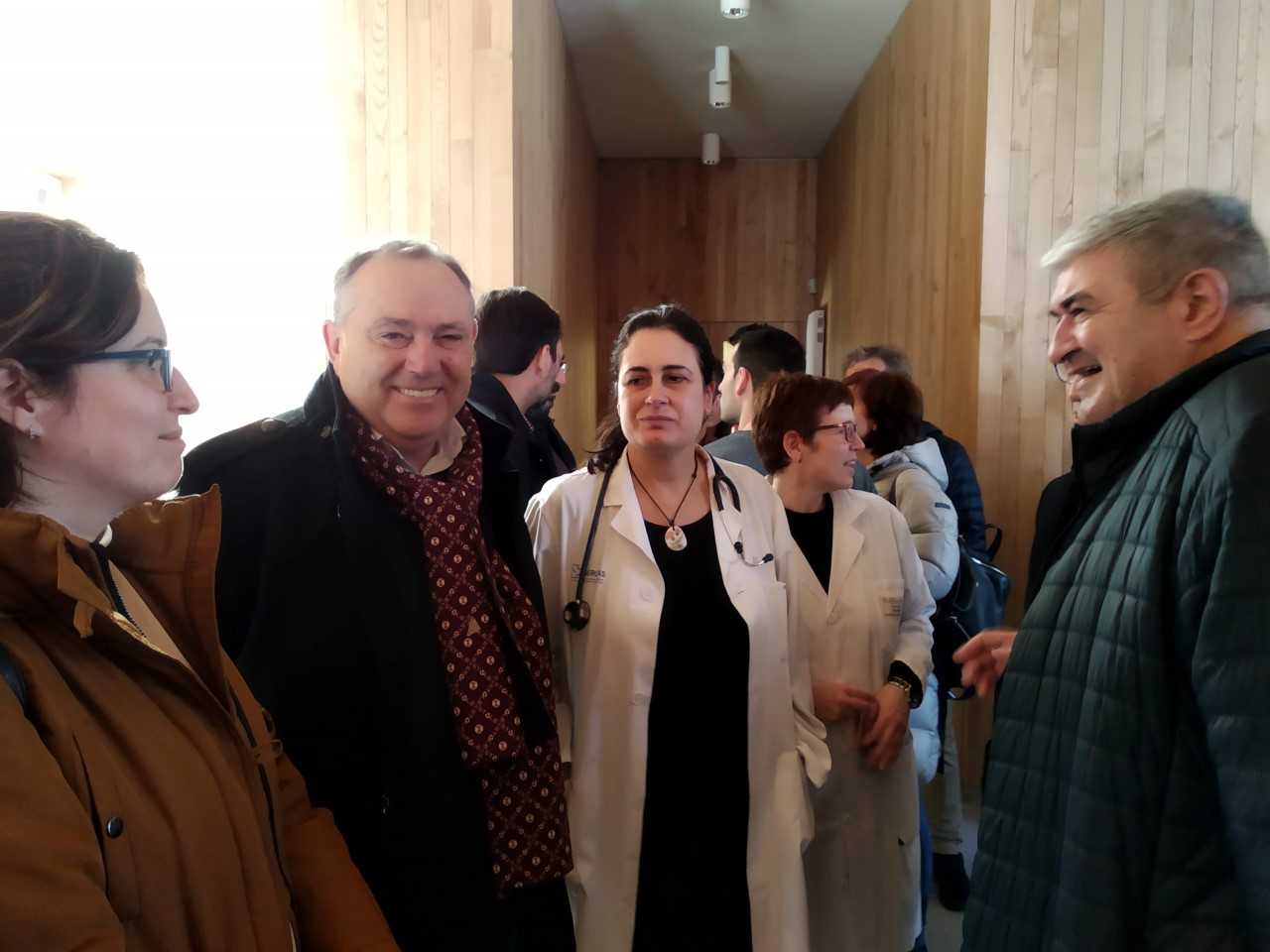
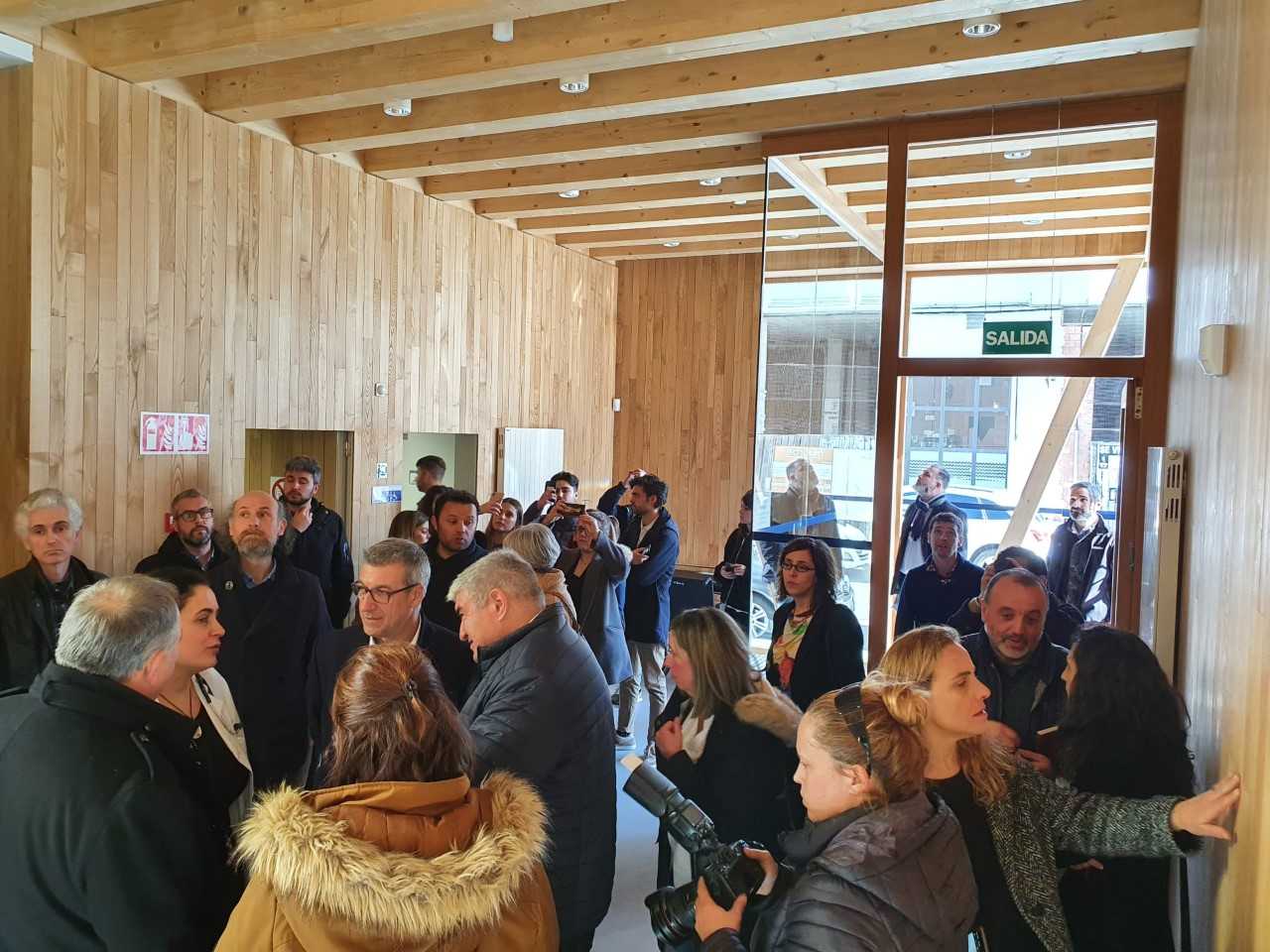
@Galician Health Service, 2020
Content licensed to the European Union.